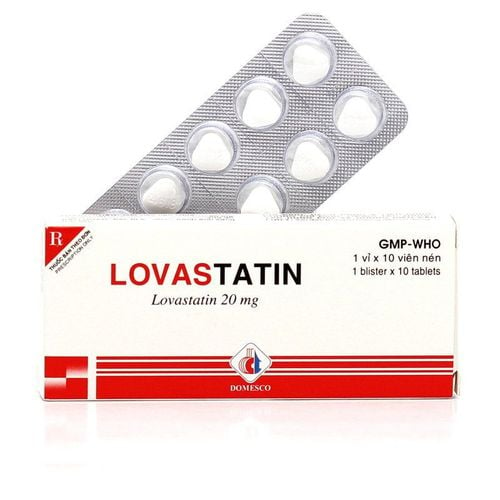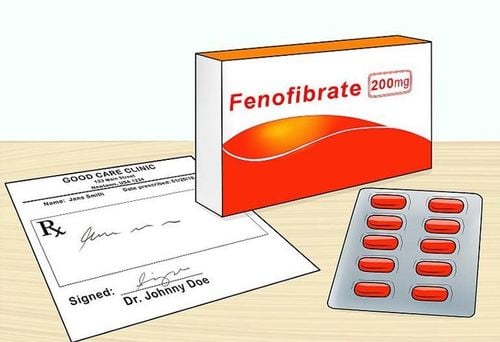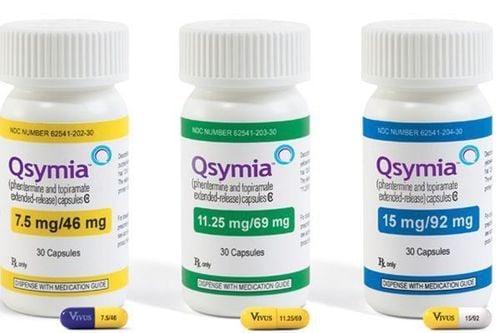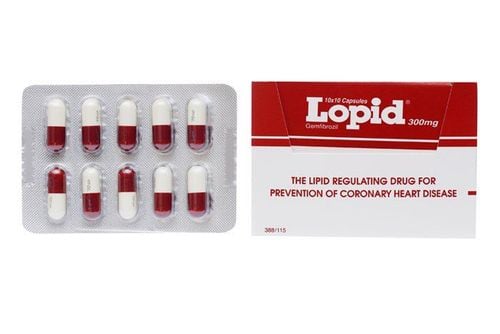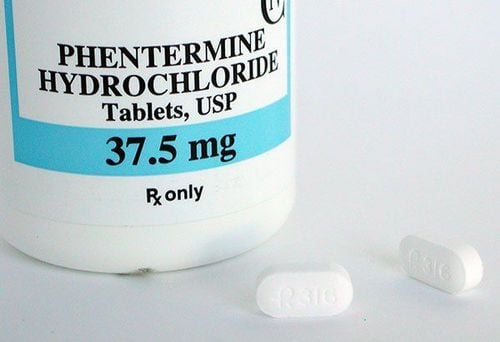This is an automatically translated article.
Body fat often causes your body to have many health problems, but it serves several important purposes. Everyone needs some amount of body fat to function. However, when too much body fat accumulates, it can lead to overweight, obesity, and obesity-related diseases, such as type 2 diabetes and metabolic cardiovascular disease. You will need to determine your body fat percentage or measure your body fat. So how to know the exact amount of body fat?
1. What is body fat?
Your body stores fat from the food you eat in a form that is intended to be used for energy, insulation and protection from the cold. Everyone needs some fat to live and function. However, when too much body fat builds up, it can lead to obesity and obesity-related diseases, like type 2 diabetes and heart disease. Two people who are the same weight but have different body fat percentages. Here are some ways to determine your body fat percentage
2. Ways to determine body fat percentage
2.1. Tape Measure The easiest way to measure body fat percentage is to use a tape measure that's used in clothing, to record measurements of different body parts.
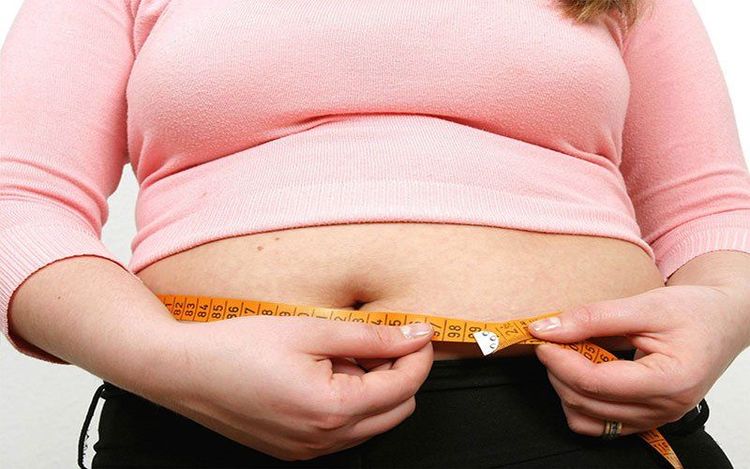
Sử dụng thước dây là cách đơn giản nhất để đo tỷ lệ mỡ trong cơ thể
In men: Measure waist circumference and neck circumference. Remember to measure the largest part in each measuring area, you can ask friends and relatives to get the most accurate results. To calculate body fat percentage, subtract your waist measurement from your neckline measurement.
In women: You should record your neck, natural waist and hip measurements. In each measurement area take the maximum value. You can also ask friends and family to get the most accurate results. To calculate body fat percentage, add up your waist and hip measurements, then subtract your neck measurement
Note when measuring: The tape measure is placed directly on the skin without any layers of clothing. and do not hold your breath or hold your breath while measuring. Take the measurements twice and take the average value. If you can't find a corresponding chart, you might consider using the Navy's Online Body Fat Calculator to get your estimated body fat percentage.
2.2. Calipers Skin fold testing is done by using a tool called a caliper to clamp different areas of your body and measure body fat.
How to measure fat:
If you are male, measure fat in chest, abdomen, thighs If you are female, measure fat in triceps arm, abs and thighs Various calipers may be included with instructions on how to convert these numbers into your body fat percentage. You can also consult an online calculator if you don't want to do the math yourself. Measure on one side of the body, usually the right, for consistency. Take at least two measurements of the same area and average them for the most accurate data. When done right, there is about ±3% error rate. You can also take a measurement in seven positions. This method takes more time, but it can be a little more accurate.
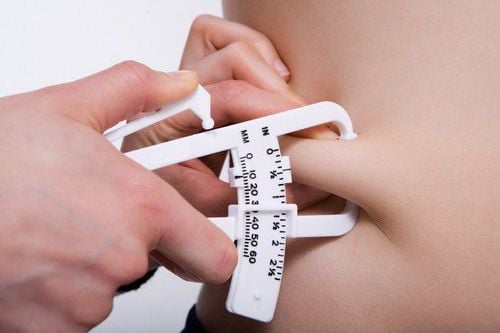
Thước cặp sử dụng để kiểm tra nếp gấp da trên cơ thể
2.3. Body Fat Scale Weighing body fat uses a technology called bioelectrical impedance analysis (BIA). When you step on the scale, an electric current passes through one leg, up the pelvis, and down the other leg. Fat conducts much less electricity than the amount of water and muscle you have in your body. So when the scale gets more resistance, it will register more body fat.
Combined with your entered height, weight, age and gender, the scale will use an equation to provide your body fat percentage.
These scales are heavily sold on Amazon
Scale results can also be very different from results from other methods of measuring body fat percentage. That's because there are many variables that can affect the results, including:
Your level of hydration The last time you exercised When was your last meal 2.4 Hydrostatic weight This is a method method of weighing when you are naked and sitting on a chair submerged in water. Your body weight underwater is recorded when your body exerts a buoyant force on the surface of the water. The recorded weight can then be used to calculate your body fat percentage.
Underwater body fat scale is highly accurate and is considered the gold standard for measuring body fat percentage. The percentage it estimates should be within 1% of body fat for both adults and children. It is much more accurate than at-home methods, such as skin impedance and bioelectricity.
This method should be measured at a reputable facility and not done at home
2.5. Air Displacement Computed Tomography Another technique is air displacement computed tomography. After undressing, you step into a computerized egg-shaped chamber (called a BOD POD) that completely envelops your body. Your body density is determined through your weight and mass, the machine will use this data to calculate your body fat percentage.
Research has shown BOD POD to be extremely accurate. It matches the accuracy of underwater measurement at 1% body fat for both adults and children.
This test must be done in a professional and licensed facility
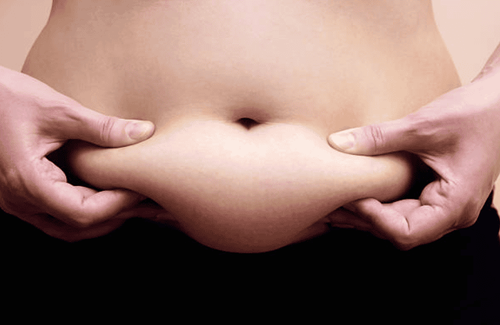
BOD POD có độ chính xác của phép đo dưới nước ở mức 1% lượng mỡ cơ thể
2.6. MRI or CT Scanner Probably the most accurate method to determine body fat percentage is magnetic resonance imaging (MRI) or computed tomography (CT). These machines take cross-sectional images of the body and can even measure belly fat.
These tests are not usually used for the sole purpose of measuring body fat, but can also detect abnormalities inside your body.
3. Fat percentage range by age
| Tuổi tác | 20–29 | 30–39 | 40–49 | 50–59 | 60+ |
| Nam giới | 7–17% | 12–21% | 14–23% | 16–24% | 17–25% |
| Nữ giới | 16–24% | 17–25% | 19–28% | 22–31% | 22–33% |
Based on age, your body mass index within this range is considered ideal. If you have too little body fat, your body may not have enough energy to carry out the tasks of the day. If you have too much body fat, you can increase your risk of developing high blood pressure, high cholesterol, diabetes, and heart disease.
* Body Mass Index (BMI)
One of the most widely used tools to calculate an estimate of a healthy weight is the body mass index (or BMI for short), which is based on the ratio between weight and height measurements. However, this number is different from your body fat percentage because it simply tells you whether you are underweight, normal weight, overweight or obese. It cannot tell you how much fat you have on your body.
While useful in some situations and easy to calculate, your BMI may not be a reliable indicator of your overall health. For example, if you are an athlete, you may have a low body fat percentage, but because of all your muscle mass, you may have a high BMI. BMI does not take into account other important factors.
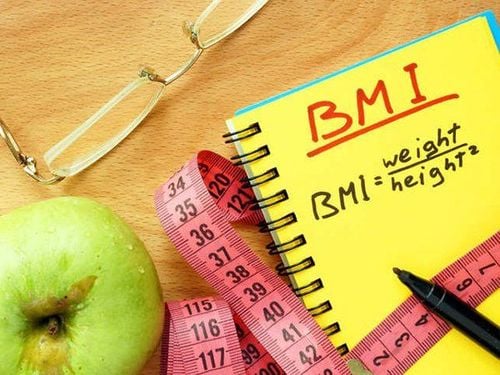
Chỉ số khối cơ thể là một trong những công cụ được sử dụng rộng rãi nhất để ước tính cân nặng khỏe mạnh
Calculation:
Divide your body weight in kg by the square of your height measurement in m and compare with the following numbers
+ < 25: you have a reasonable weight
+ 25 - < 29, 9: You are overweight
+ > 30 : You are obese
4. Conclusion
There are many different ways to estimate body fat percentage, from simple cheap methods to expensive tests. Of all the underwater weighing methods or tools like BOD POD are the most accurate, but also the most expensive
Regardless of your body fat percentage, there are things you need to do at home to maintain Maintain a healthy weight:
Make sure you get 150 minutes of moderate exercise (walking, cycling, swimming) or 75 minutes of vigorous activity (running, lap swimming, playing ball) each week. Try to make time for strength training two days a week. Try lifting weights, doing bodyweight exercises, or working out on the court. Eat a diet rich in foods like fruits, vegetables, and whole grains. Skip processed foods that contain empty calories with little nutritional value like fast foods. Talk about a diet and exercise plan with your doctor or dietitian. Any questions that need to be answered by a specialist doctor as well as customers wishing to be examined and treated at Vinmec International General Hospital, please contact the Website for the best service.
Please dial HOTLINE for more information or register for an appointment HERE. Download MyVinmec app to make appointments faster and to manage your bookings easily.
References: hsph.harvard.edu, healthline.com




